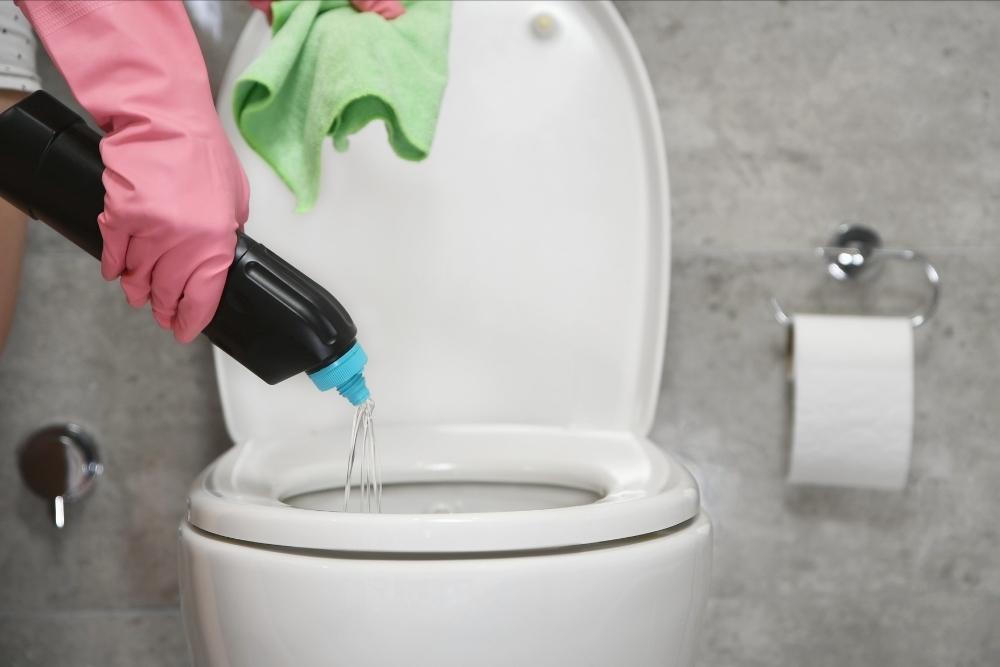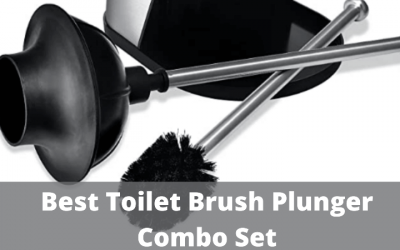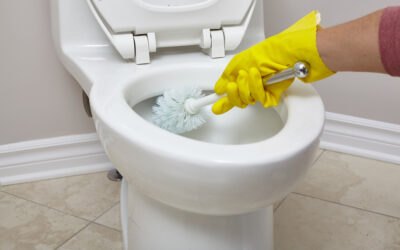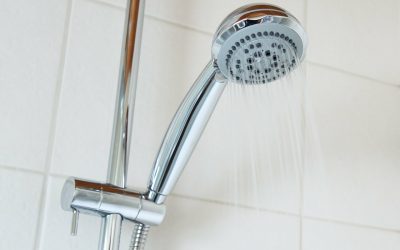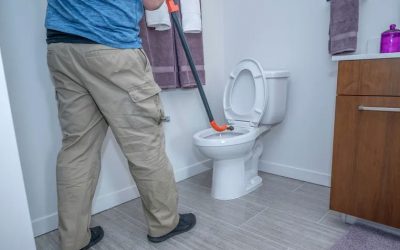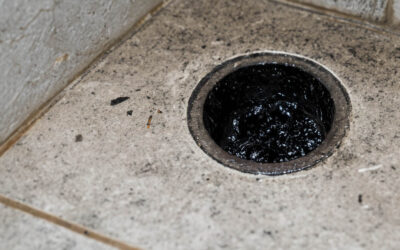Drano is an amazing product to unclog your drains, but that doesn’t mean that it’s good for toilets.
If you look anywhere on the internet, people will tell you to avoid Drano for toilet use and we want to explain why this advice is correct, but also why this advice is wrong.
We aren’t trying to be coy. It turns out that Drano has a special unclogger designed specifically for toilets!
There Is One Drano Product Designed For Toilets
Across the whole brand, there is only one product by Drano which is designed for toilet use. This is the Drano Max Build-Up Remover.
Ideally, this product should be used to prevent blockages rather than used when the toilet starts to overflow. It can also be used for kitchen drains, all bathroom sinks, and garbage disposals.
It works by using natural enzymes and bacteria to eat away at clogs. Unfortunately, it cannot open clogs completely, which is why this is a preventative solution, not a de-clogger.
Drano themselves suggest using the product once a month for your drains to run smoothly.
Unlike some of the other products that Drano produces, this liquid will not warm up your pipes. The enzymes involved do not generate heat, which is why this particular formula is great for toilet pipes.
Ideally, you should leave the product overnight so that it can work, undisturbed, on any of the items blocking your pipes.
Directions for Drano Max Build-Up Remover
There is a four step process for using the Max Build-Up Remover, each is super simple but we will explain nonetheless.
1. Open The Lid
This might seem like a silly step, but the cap has a childproof mechanism to prevent accidents. To open the lid you need to push it down with the palm of your hand, and then turn the cap counterclockwise.
To make the lid lock again, you simply need to screw the lid back into place.
2. Pre-Flush The Toilet
If your drain is slow-running or slow to complete the flush, you should pour warm water (not hot or boiling) through the chute.
This will help dislodge any obstacles without harming the pipes. Then leave the base to itself for a minute.
3. Pour in the Max Build-Up Remover
Turn the water off and let the basin become dry.
Using the bottle cap as a measurement device, pour up to the line. If the line isn’t visible, then instead pour 16oz of the liquid into the basin.
Next, let the water come back again but only until it’s about 2 cups full.
4. Wait And Don’t Use The Toilet
The last step is to wait for 6 to 8 hours while the enzymes do their work. We advise that you use this formula overnight, where fewer people will be affected by the wait. Then let the water run as usual again.
If your toilet troubles are rather severe, Drano suggests using this technique for 3 nights in a row.
Why Can’t I Use Other Drano Products For Toilets?
Just from an outward visual look at the different drains in your home, you can see that a sink drain, shower drain, and toilet drain are made up of different parts.
This is because each system needs different mechanics to deal with their waste and to move around your home.
Because of their different mechanics, each drain would need a different chemical to safely dislodge clogs without breaking down the materials that keep the pipes safe.
The main problem with Drano’s other products comes from their ability to reach the clog before the chemicals disperse.
This might sound like a waste of product, but there is a secondary effect that should be considered.
After using the product and noticing it not working, you are likely to then use a different chemical to shift the blockage.
These two chemicals are not designed to work together and so will likely cause a reaction that neither predicted.
Remember that these products are corrosion chemicals and are highly dangerous.
A third problem to be aware of is the mixture of Drano’s other products and bleach.
Most people bleach their toilets on a regular basis, but when these two chemicals are mixed together, they will produce a toxic gas called Chloramines, which can quickly turn into difficulty breathing, chest pain, and eye irritation.
Risk of Using Non-Toilet Cleaners Down Toilets
Using any kind of non-toilet-specific cleaner down your lavatory can cause serious problems to the pipes within the system. One reason why Drano was so explicit about their Max Build-Up Remover not heating up is because a lot of non-toilet cleaners will produce an oxidizing chemical reaction when dissolving the clog. This reaction naturally creates heat, which can, in turn, can melt or damage the pipes.
As most toilets are made out of porcelain or soft PVC, adding heat to the material can easily crack or melt the structure of the basin.
Your quick fix will then turn into a costly mistake.
Other Ways To Unblock Your Toilet
Here is a step-by-step guide to safely unblock your toilet without worrying about which chemicals you should be using.
1. Turn Off The Water
If your basin is about to overflow, you should turn off the water. This will stop more water from entering the toilet when none can leave.
After you’ve done that, you should look for the “shutoff” valve. This should be near the floor and behind your toilet. Once you’ve located it, turn the nozzle clockwise.
2. Get The Plunger Out
You want there to be enough water in the basin for the plunger to suction. Then place the plunger into the bowl covering the tubes.
Plush the plunger down and then up. Pulling up is what causes the suction power to dislodge the blockage, so it will be the hardest action.
There may be some splashback from the push and pull of the plunger, so we advise that you wear your least favorite clothes.
Continue doing this until the toilet is unclogged.
3. Preventative Action
Once everything is running smoothly again, put the water back and return the “shutoff” valve to its original position.
Then, following the steps above, use the Max Build-Up Remover on a monthly basis.

